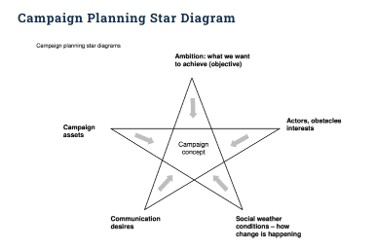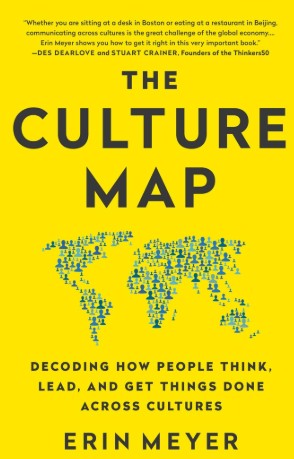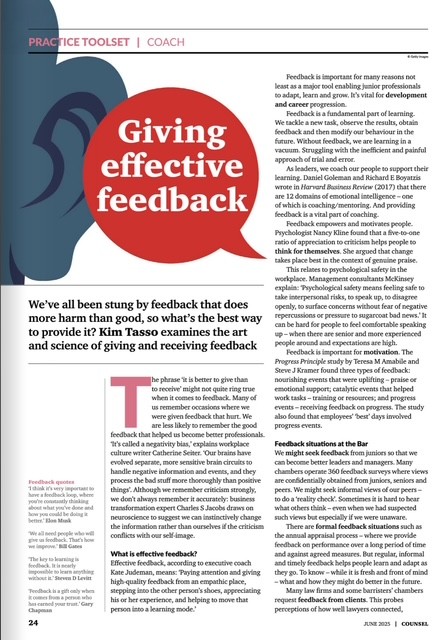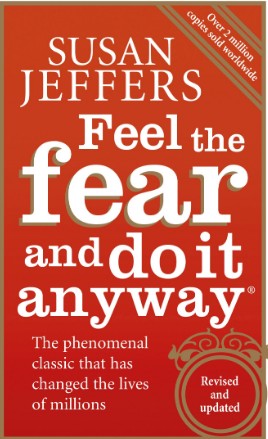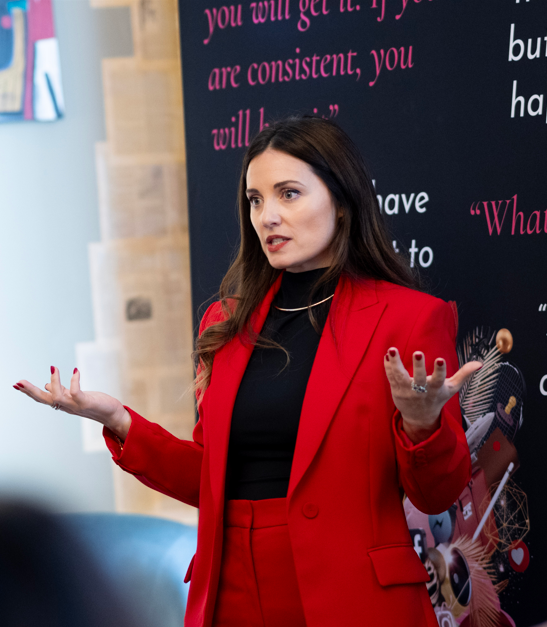
It was a full house at the recent Professional Marketing Forum training workshop https://www.pmforum.co.uk/training.aspx on thought leadership. Here are the nine reflections on thought leadership identified by the 18 delegates at the end of the session:
- Use books for thought leadership – Publishing a book was the original way that professionals conducted thought leadership campaigns. Charles Handy – the British organisational management guru – is generally considered one of the original thought leaders. Amongst my favourite books of his were “Understanding organisations” back in 1976, “The age of unreason” in 1989 and “The empty raincoat” in 1994. “In search of excellence” by Tom Peters and Robert H Waterman – two former McKinsey consultants – was published in 1982 and this accelerated Tom Peters’ career as a management expert.
- Offer original insight – The need to focus on the target audience and identify an original and important issue or insight appears in all of the thought leadership models we explored. It is also supported by research into what decision-makers want when consuming thought leadership (see the research from Coleman Parkes below). The research also shows that a) thought leadership is used in the assessment of new advisers and b) thought leadership must offer solutions.
- Promote creativity and idea generation – A common challenge is helping professionals to think beyond the current issues – to identify weak signals, consider what’s over the horizon and thus leapfrog the competition. It’s leadership rather than “followship” after all. For great thought leadership you need to identify original issues and uncover insights – and start to provide solutions and advice. Some argue that you need to frame a hypotheses to pose challenging questions to explore with research (see the methodology in this great book http://kimtasso.com/thought-leadership-manual-review/). We discussed a number of ways to improve creativity and brainstorming (e.g. http://kimtasso.com/creativity-4-enhancing-creativity-using-leonardo-da-vincis-seven-methods/ and http://kimtasso.com/creativity-3-update-brainstorming-techniques/)
- Link marketing to selling – Good thought leadership content provides professionals with the necessary material to hold challenging and insightful discussions with clients – a key to the success of insight selling (http://kimtasso.com/book-review-insight-selling-mike-schultz-john-e-doerr/) However, some observed that there was a reluctance by some professionals to discuss material with clients where they did not know all the answers. We discussed the difference between technical expert and relationship management mindsets. Insight selling is a challenge for those who find it hard to unleash their curiosity, acknowledge there are still areas to be explored or are open to co-creating solutions. Professional sales training was considered a solution to this issue.
- Consider communications campaigns instead of thought leadership – There was agreement that you don’t need to use thought leadership to generate a really effective communications campaign that would generate strong engagement, positioning and financial results. There was some debate about the challenge for marketing and business development professionals who have to manage and prioritise a large number of campaigns across a firm, its sectors, its service lines and its territories. Some delegates found the timeline diagram in the Savills farmland campaign particularly helpful http://kimtasso.com/property-marketing-case-study-integrated-campaign-on-farmland-value-from-savills-rural-team/
- Promote engagement and momentum – As we explored the overall process for planning, executing and evaluating a thought leadership campaign we learned that it helped to identify the roles for marketing and fee-earners throughout the life cycle to build in buy-in from the outset. This also helped to manage expectations for the lead time for results to be generated and ensured a collaborative approach and maintained enthusiasm and momentum.
- Remember the project management triangle – We looked at the project management triangle (Quality, Time and Money) and many realised that they sometimes failed to insist that changes in one element meant that changes in the others must be negotiated. GANTT charts were a valuable tool in communicating the overall campaign and the projects within it and in ensuring fee-earners adhered to timelines.
- Promote rock stars and constellations – With thought leadership, it is easier to promote a whole team of experts in a firm (the constellation) rather than traditional PR and communications campaigns that typically promote one expert (the rock star). A good piece of thought leadership will generate multiple themes and mini-campaigns that can promote various individuals in the firm or team as it focuses on different aspects of research. A good example is both the financial and emotional strands of the Haines Watts thought leadership campaign “Love or Money” http://kimtasso.com/accountancy-marketing-case-study-haines-watts-accountants-love-money-thought-leadership-campaign/
- Measure Return on Investment (ROI) – It is fundamental to set out measureable goals at the outset which build the business case, manage expectations and allow the ROI to be calculated. The challenges of ROI in professional services was also explored (http://kimtasso.com/roi-in-professional-service-firm-marketing/). Detailed ROI examples were explored for various case studies including KPMG (Big can be agile) and Bryan Cave Leighton Paisner (We can’t tell fortunes but we can protect them).
Some other thought leadership blog posts:
http://kimtasso.com/thought-leadership-campaigns-and-project-management/ (2018)
http://kimtasso.com/thought-leadership-campaigns-project-management-nine-insights-workshop-2017/ (2017)
http://kimtasso.com/thought-leadership-manual-review/ (2016)
http://kimtasso.com/thought-leadership-campaigns-the-basics/ (2012)
Research into the use of thought leadership by global C-suite decision-makers
Simon Hayhurst (Simon@coleman-parkes.co.uk) at Coleman Parkes (a B2B research agency with a particular focus on the professional services and technology sectors) sent me some research from summer 2018 into how 500 global C-suite decision makers use thought leadership.
The main conclusions were:
- The primary reason decision-makers want thought leadership is to “to give me an edge over competitors” (68%), “to keep me informed of emerging trends” (66%) and “to enable me to be better informed to make better decisions” (64%)
- 57% said thought leadership is a critical element in our decision-making criteria to assess the suitability of a new adviser
- The most valued elements of thought leadership are:
- Robust data from a reliable source (44%)
- Fresh thinking from new and different perspectives (41%)
- Genuine insight and informed opinion (39%)
- Dislikes about thought leadership:
- Unsubstantiated opinions (58%)
- Lack of original insight or ideas (45%)
- Too conceptual – without recommendations (43%)
- Promoting the adviser rather than addressing my problems (42%)
- 62% want to hear the views of your customers (48% want to hear your peers and 44% industry experts)
- When asked at what stage thought leadership provided the most value – the majority (39%) said “to discover a solution”
- The most engaging content format when reading thought leadership was:
- Blog posts of 300-500 words (56%)
- Print magazines (53%)
- White Papers and research reports (45%)
- Infographics (44%)
- Video (44%)


